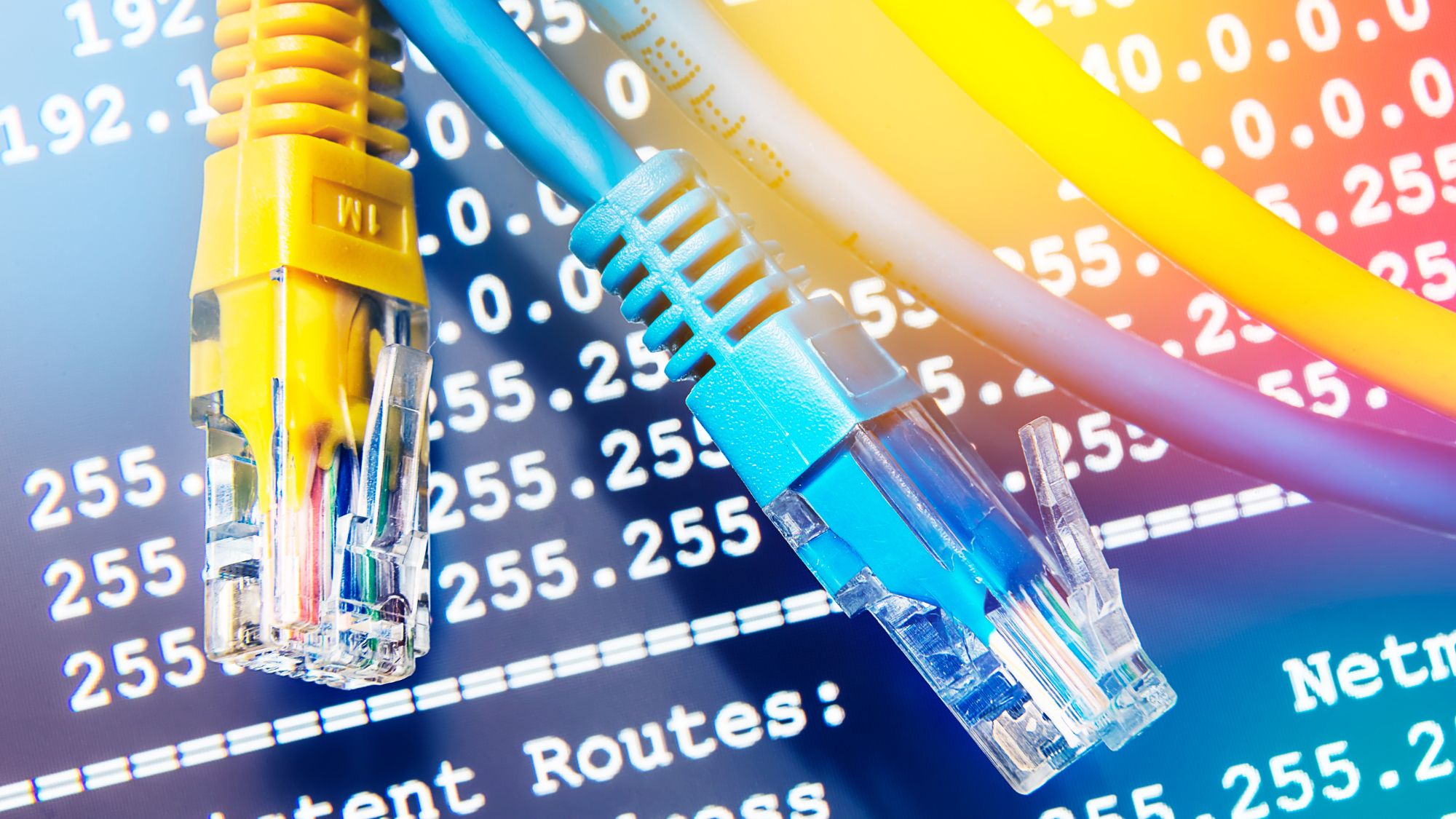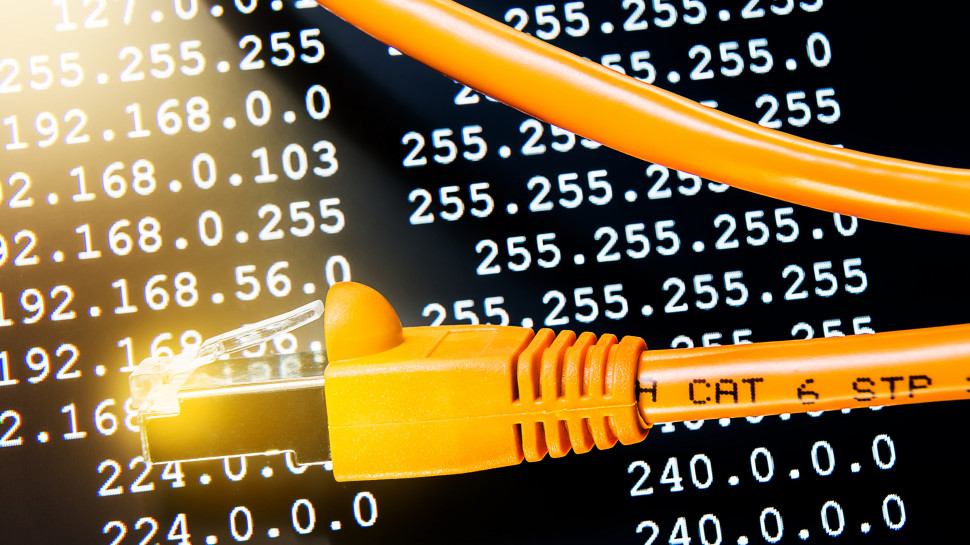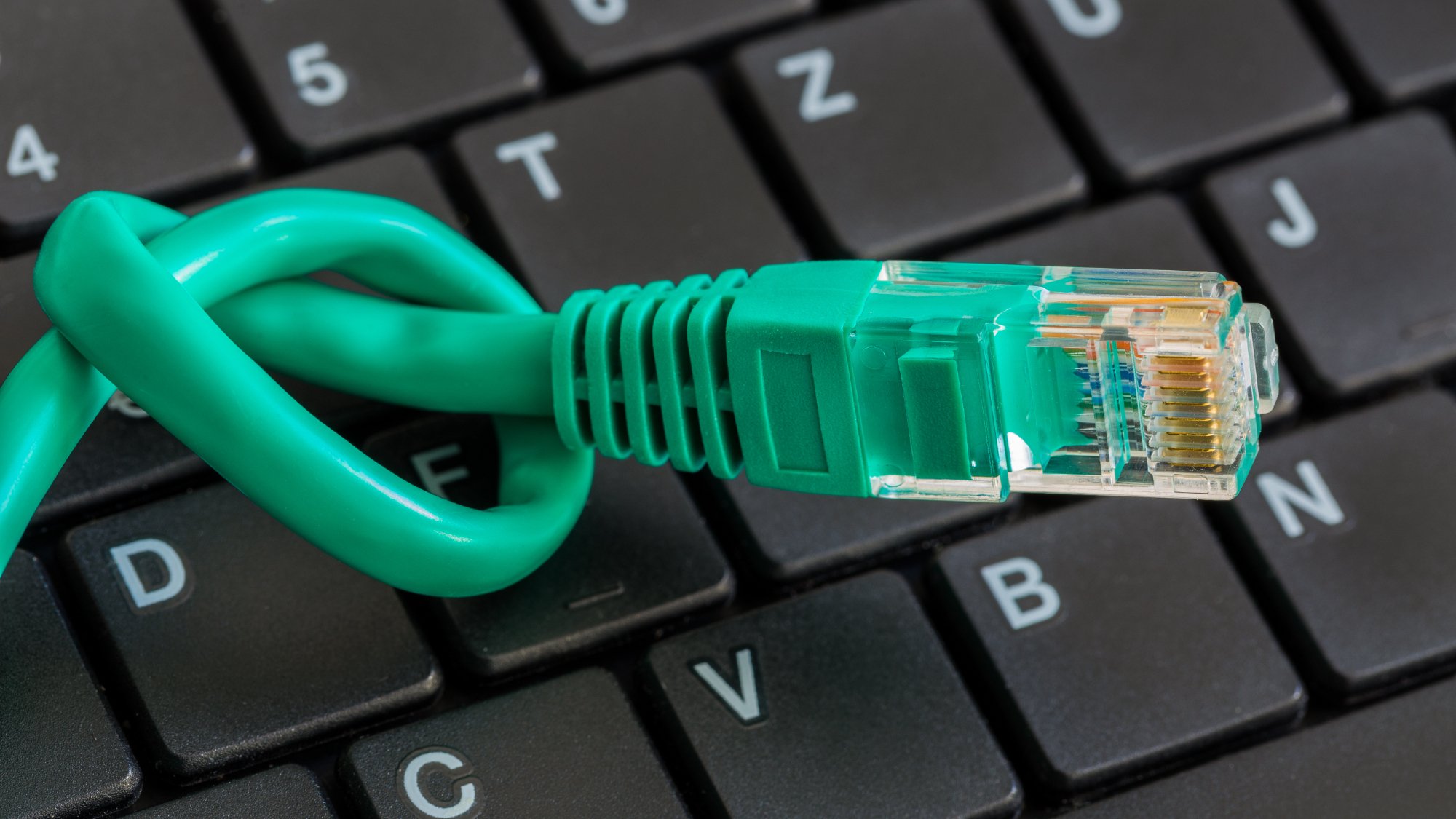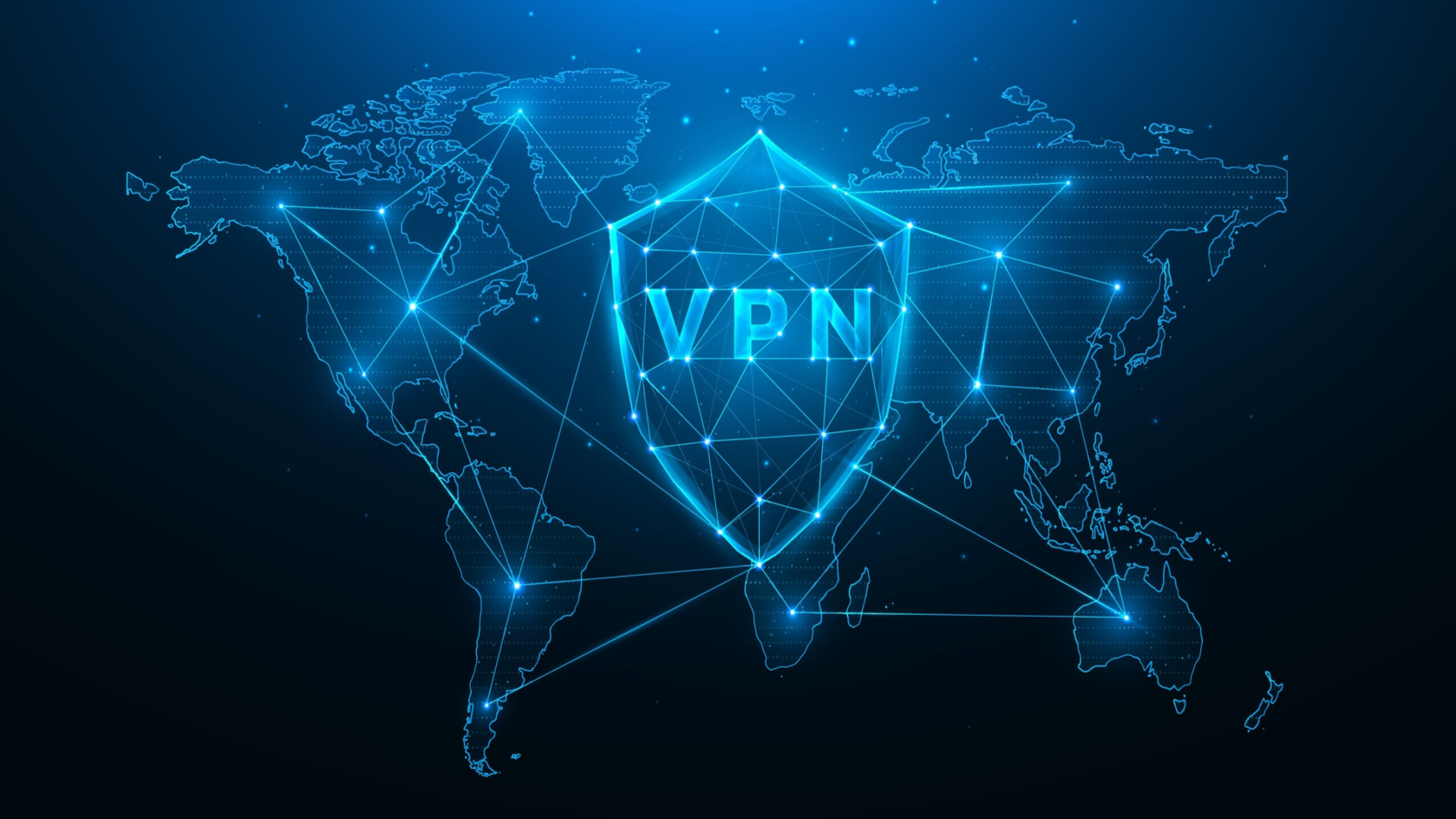What is my IP address? How to find out and what it means
Ever wondered about your IP address?

An Internet Protocol address, also known as an IP address, is a unique number that identifies a device connected to the internet. It's a numeric label that is assigned to your internet and defines how your computer, smartphone (and other equipment) communicates on the network.
IP addresses can reveal your approximate (but not exact) location, such as the town or city that you're connected to the internet with. That's because they are associated with your internet service provider (ISP), and are beholden to the areas that these providers operate in.
Consequently, there have been some pricey concerns around browsing or using the internet for casual and professional use. As such, your IP address could be used to track your online activity and gather data based on your online habits and search history. If you are conscious of concealing your online usage or want the peace of mind to go on the internet safely, then we recommend using one of the best VPN services in 2025.
How do I find out my IP address?

There are several different ways to find out your IP address that can vary by device. For Windows laptops and desktops, you click on the Start menu, select Run, type cmd and then "ipconfig" in the search field. It will then present your IP address. Alternatively, you can simply ask Google what your IP is in the search bar.
For iPhone users, you can simply go to Settings, tap on Wi-Fi, and then tap the blue information icon that's on the right side of the screen. Underneath the IPV4 Address heading, it will have your IP address in full, as well as the Subnet Mask and specific router information. The process is identical for Android phones.
Keep in mind that IP addresses are not randomized. They are specifically assigned by the Internet Assigned Numbers Authority, as part of the global coordination of internet protocol resources. The full range can go from 0.0.0.0 up to 255.255.255.255; depending on where you live in the world, you may be able to notice patterns which can indicate location.
Types of IP addresses

There are four types of IP addresses: public, private, static, and dynamic. A public IP address is also known as an external-facing IP address and this can be found on the router that's used to connect all other devices to the internet. As the name of public or external suggests, this identifying number validates and authenticates your devices so that they can communicate with other internet protocol addresses, which is useful in everything from online gaming to streaming, and general web browsing.
Get daily insight, inspiration and deals in your inbox
Sign up for breaking news, reviews, opinion, top tech deals, and more.
In contrast, a private IP address (or internal-facing IP address) is used on the intranet (a local or restricted communications network) that can commonly be found in offices, schools, or for professional home use. These identifying addresses are reused throughout multiple networks and can use the IPV6 addressing scheme, up from IPV4 of external-facing. This is known as Unique Local Address (ULA). IPV6 uses 128-bit addresses instead of 32-bit IPV4, with a greater degree of flexibility and routing efficiency, as well as mandatory Internet Protocol security.
Where public and private IP addresses are mutually exclusive, the same cannot be said for static and dynamic IP addresses. That's because all IP addresses are either static or dynamic; the former usually refers to a manually configured one that cannot be changed automatically. An ISP can assign a static IP address to an account which can be assigned to said user for each session.
A dynamic IP address is automatically assigned to a network when a router is connected and ready for use. You may notice that your IP address changes depending on what you're doing and which device you are using. This is due to how the Dynamic Host Configuration Protocol handles the distribution of IP addresses, usually cycling between a set of them across your network depending on what can be assigned at the time.
Can I change my IP address?

You cannot necessarily change your public IP address yourself, as these can only be altered by your internet service provider. However, rebooting your router can alter the IP address as it may change it. This is because it's a dynamic IP address and not a static one (and will usually change every 24 hours regardless of your input).
However, you can permanently change your private IP address whenever you want. Keep in mind, that while the former is how all your devices are externally-facing with the internet, the latter is internally-facing with the intranet (or across a private/closed network).
In Windows 11, you can change your private IP address by going into Settings, then Network & internet, and then choosing either Ethernet or Wi-Fi depending on your connection type. From there, simply click on Manage Known Networks and then "Edit" where your IP address is shown. After selecting "Manual" you can toggle IPV4 and then input your desired private IP address instead. Windows 10 is similar, however, the option is called "IP assignment" instead.
How can I protect my IP address?

You can keep your IP address secure by using a VPN, or Virtual Private Network. But how does a VPN keep you safe? In brief, a VPN masks (or outright replaces) your IP address with an alternative one that hides your real location and provides a secure tunnel that keeps your activity obscured from third parties and even your internet service provider.
You can think of a VPN as a method of encryption that adds a shield between you and what you do online. As a result, everyone from your ISP to advertisers, and potentially harmful people will be unable to see your location or what you are accessing when online. It also means you can engage in location spoofing.
One of the best features of a VPN is that it can allow you to access material that was previously geo-restricted, such as what can be seen with titles available on Netflix, Amazon Prime, Disney Plus, and more of the best streaming services.
You might also like...

Formerly TechRadar Gaming's Hardware Editor, Aleksha McLoughlin is now a freelance writer and editor specializing in computing tech, video games, and E-commerce. As well as her many contributions to this site, you'll also find her work available on sister sites such as PC Gamer, GamesRadar, and Android Central. Additionally, more of her bylines can be found on Trusted Reviews, Dexerto, Expert Reviews, Techopedia, PC Guide, VideoGamer, and more.
You must confirm your public display name before commenting
Please logout and then login again, you will then be prompted to enter your display name.